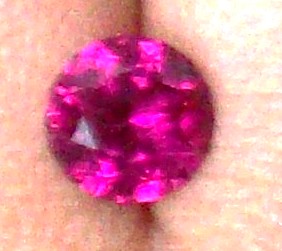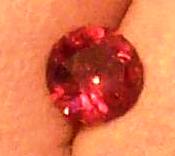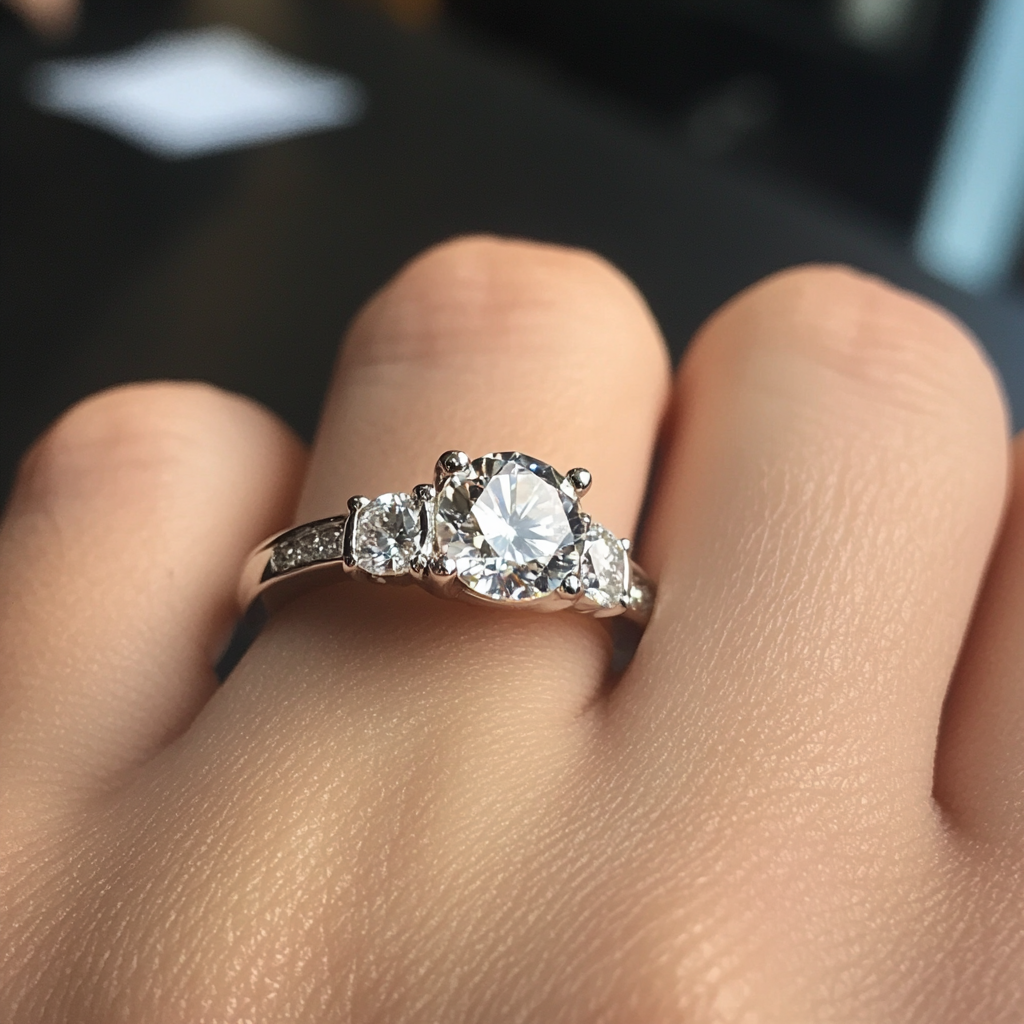cellentani
Ideal_Rock
- Joined
- Dec 28, 2008
- Messages
- 3,820
Chictomato, in looking at several different vendors, it seems there is some acceptable color variance in rubellites - I''ve seen red, strong purple-red, and even hot pink (although, I personally dispute the rubellite label for those hot pinks). While high quality rubellites aren''t supposed to shift color, mine do - but it''s acceptable to me because the shift is still within a normal color for rubellite and it''s a color I like. So I understand your hesitation, but is your concern over whether it''s a true rubellite, or are you just not loving the orangey color shift? Either way, the cuts on both of Gene''s stones are yummy!














300x240.png)